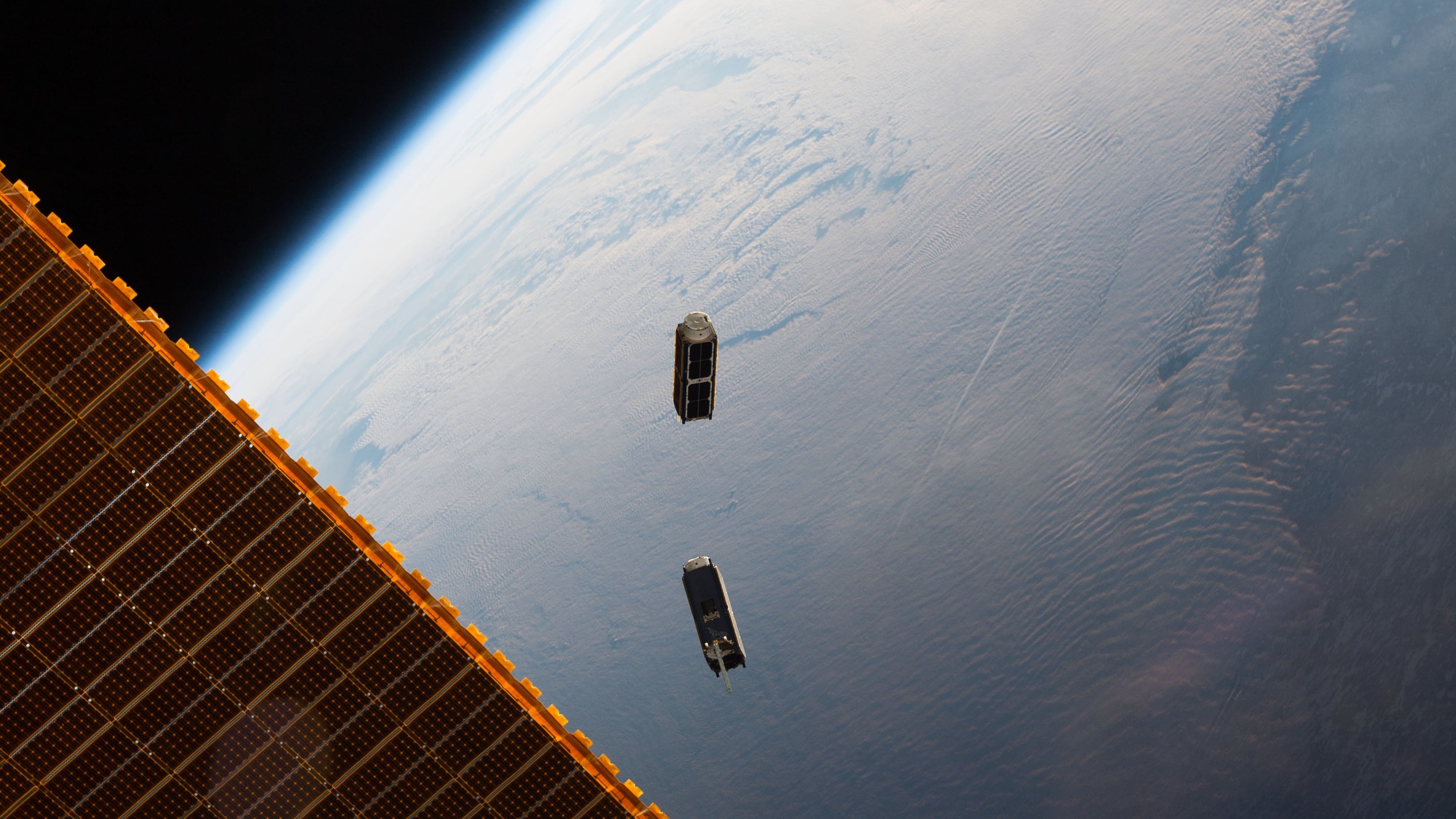WASHINGTON — The National Geospatial-Intelligence Agency has added satellite imagery from two commercial providers to its unclassified delivery system, giving the U.S. government access to thousands of new images.
According to the Nov. 5 announcement, the agency is adding Planet Federal and BlackSky data to its Global Enhanced GEOINT Delivery system. The G-EGD system is a portal that provides access to map-ready, unclassified imagery to the federal government and 55 foreign partners.
“By incorporating this new plethora of commercial data from small satellites into the G-EGD system, our users have access to thousands of new images and terabits of additional geospatial data to aid them in their respective mission objectives,” said Juan Sainz, NGA’s chief of commercial mission integration.
This will be the first time small satellite imagery has been integrated into the system. Since G-EGD was established in 2011, the database has consisted solely of imagery from DigitalGlobe, now a Maxar Technologies company.
The move to include Planet Federal and BlackSky imagery in the database continues the intelligence community’s trend of diversifying its sources of commercial imagery. One example of this is the National Reconnaissance Office’s EnhancedView program. When NRO took over that program from NGA in 2018, it was only using imagery from one provider: Maxar. NRO issued a follow-on contract to Maxar shortly thereafter, but it was also considering incorporating data from other providers.
In 2019, NRO issued a trio of study contracts to Maxar, BlackSky and Planet Federal to assess the quality of their imagery and the value they could bring to the intelligence community’s portfolio. NRO has since issued study contracts to companies showcasing other phenomenologies.
In a July interview, Peter Muend, the head of NRO’s commercial imagery efforts, told C4ISRNET that the agency would have to rely on a collection of providers to meet its imagery needs.
“One thing that we have seen out of our study contracts and our market research is that no single provider can currently meet what we’re asking for out of our requirements. So it is going to be an aggregate of capability from multiple vendors, and in addition it’s going to be something that they’re going to have to grow into over time, that they expand their capabilities to meet our needs,” he explained.
Nathan Strout covers space, unmanned and intelligence systems for C4ISRNET.








